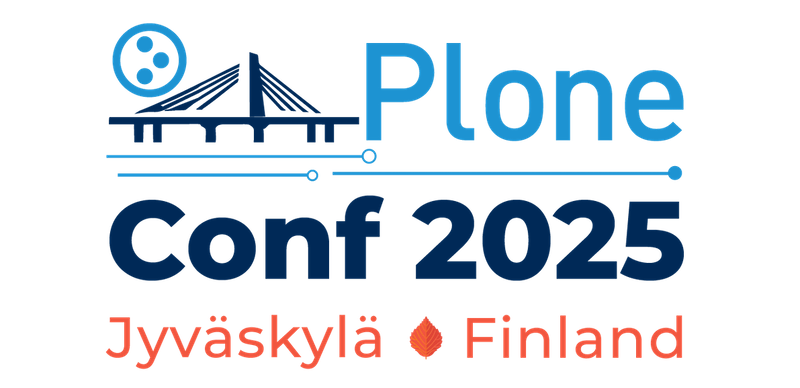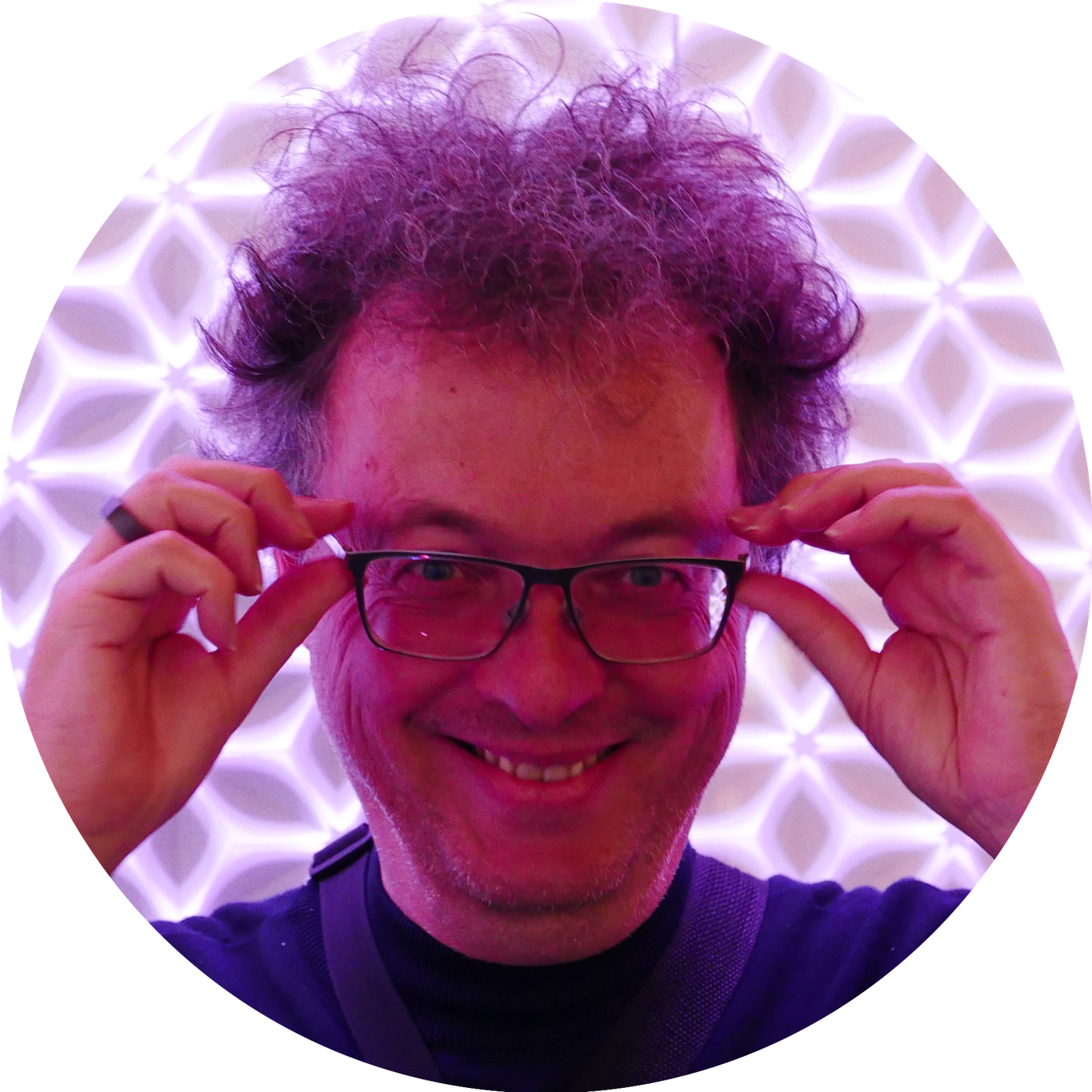Details
The case study: We needed a way to reach out to users and notify them with personalized messages, in order to strengthen the social feedback loop that is at the heart of the user experience in Quaive. That turned out to be a difficult challenge, technically. When the content you want to show to users is a Zope Event, not a Dexterity content type, you need some interesting tricks. Software patterns: Success in software engineering boils down to: breaking a complex problem apart into manageable chunks, then carefully connecting those chunks. To keep the code flow tractable we use design patterns, like the adapter pattern, the observer pattern and the policy pattern. Plone's secret weapon is the Zope Component Architecture, providing important patterns out of the box.
Living systems: The theory of software patterns has a fascinating backstory. Going back to the root sources reveals, how agile methodologies, object-orientation and software patterns all stem from a vision of living systems. The case study highlights the importance of software patterns in solving engineering challenges. Software patterns become much more meaningful, when examined through the lens of the living systems paradigm that gave rise to thinking in patterns. Judged by the criteria this movement set itself decades ago, we've done a great job in the Plone ecosystem.

